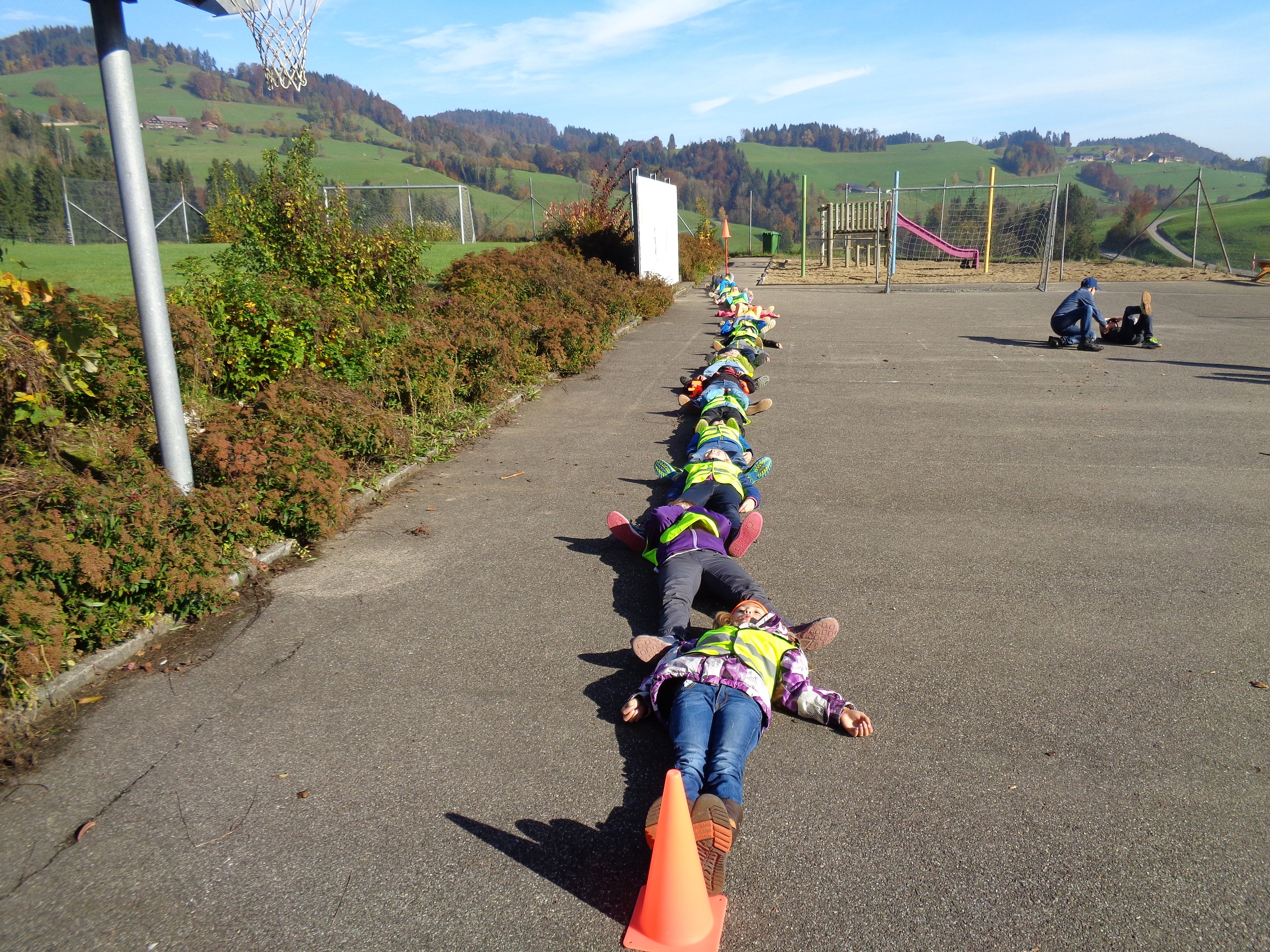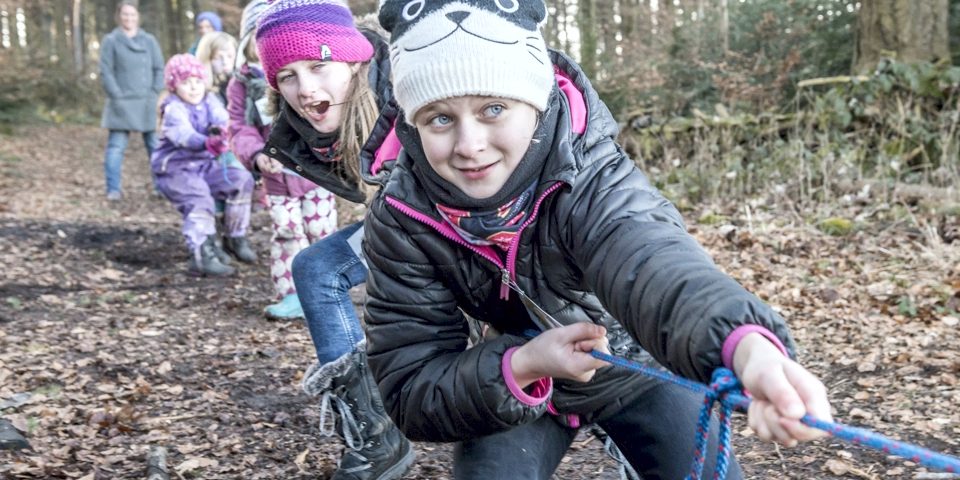Learning in the forest – is it really better than inside a training centre?

Forest and education
4. April 2019
Report about the UNECE / FAO Forest Communicators Network – Annual Meeting
4. June 2019
Learning in the forest – is it really better than inside a training centre?
Switzerland
Authors: Rolf Jucker, Director SILVIVA, Switzerland
M ost of us in forest pedagogy have a problem similar to religious people: they fervently and with great enthusiasm believe that their understanding of the world is the only correct and valid one. So, is it not that we believe that learning in the forest is superior to any other learning, that it can yield all sorts of benefits from health to social cohesion to emotional stability and improved academic understanding?
The problem with such messianic approaches is often that they owe more to wishful thinking than demonstrable evidence. So what about the evidence for the effectiveness of forest pedagogy? The bad news is that the evidence is not very strong. This is not necessarily because forest pedagogy is not working, but it has rather a lot to do with the often abysmal quality of research done in the field. Studies in this area frequently suffer from poor study design and lack of methodological rigour in addition to representing very small numbers of participants. The duration of the intervention studied is often short; they tend to reflect special teaching situations rather than regular teaching; and they are generally neither randomized nor reproducible. Importantly, they mostly raise serious questions about the relationship, read influence, of researchers on the participants. Very often, they have a circular design—in other words they tend to validate the initial hypothesis with notoriously unreliable, subjective self-reporting of the participants. Attempts to triangulate the collected data (thick description) or even to use objective measuring tools (such as measuring movement with an accelerometer rather than asking teachers if and how far pupils moved) are very rare indeed. Finally, the conclusions drawn are often not linked to the data.1
The good news is twofold. First, one of the most thorough international undertaking to assess the effectiveness of various teaching approaches attests learning outdoor in nature (including the forest, of course) a “strong effectiveness”.2 Second, things are not so straightforward to test. After all, when we are talking about teaching and learning situations, we are talking about very complex social interactions that are influenced by a whole host of different factors. For example, it is pretty clear from Hattie’s research that the most important factors influencing learning are not primarily the learning environments, but the actual quality of the teaching. If the teacher – regular or forest pedagogue – does not radiate professional authority, isn’t utterly competent with the subject at hand, can’t apply his didactic knowledge to the pupils individually and can’t handle the social interactions in class in a productive manner, the learning environment (forest or classroom) is pretty irrelevant.
However, if the teaching is of good quality, then a natural learning environment can be a real bonus. This is so because learning that activates as many senses as possible (seeing, smelling, touching, hearing, moving, …), which takes place in dynamic, real-life learning environments, and which demands active and self-guided involvement of the learners, is very effective. In addition, research shows that learning the same content while in motion, as opposed to being stationary, is much more effective and evokes better long-term results.3 If learners—and this does not only apply to children—are moving about, can touch things, view them from different perspectives, can smell, taste, and hear them, learning is more profound and more resilient and yields better long-term recall.
Moreover, don’t we all know that we need the best possible learning for us and our kids, if we are to come to terms with the huge challenges facing us, from climate change to biodiversity loss and on down a long list?
1 Becker, C., Lauterbach, G., Spengler, S., Dettweiler, U., Mess, F.: Effects of regular classes in outdoor education settings: A systematic review on students’ learning, social and health dimensions. In: International Journal of Environmental Research and Public Health 14 (2017), H. 5, S. 1-20.
2 Beywl, Wolfgang und Klaus Zierer (2018): 10 Jahre «Visible Learning» – 10 Jahre «Lernen sichtbar Machen», Pädagogik 9, 36-41. This is updated from and based on: Hattie, John A. C. (2008): Visible Learning. A synthesis of over 800 meta-analyses relating to achievement. London & New York: Routledge
3 Dirnagl, U., Müller, J.: Ich glaub, mich trifft der Schlag. Warum das Gehirn tut, was es tun soll, oder manchmal auch nicht. München 2016, p. 260.


